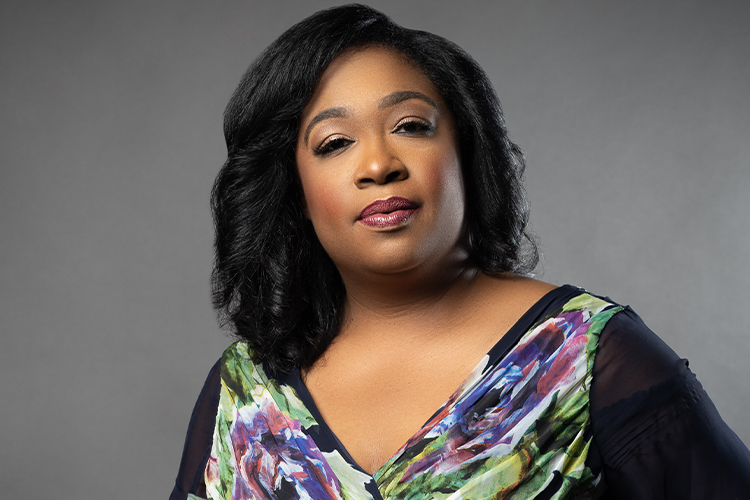
(1913-1972)
Throughout her career, Margaret Bonds served her lifelong mission of supporting Black art and artists. She was born on March 3, 1913, in Chicago. Her mother, Estella Bonds, was a gifted pianist and organist who was essential to facilitating the Black Chicago Renaissance through her role in the National Association of Negro Musicians (NANM) and the salon she hosted for Black artists in their household. Bonds started piano lessons with her mother, and later studied composing with William Dawson. Bonds also studied piano and composition with Florence Price, and eventually they formed a bond that enhanced their careers and created important milestones for Black female musicians.
In 1932, Bonds won a Wanamaker prize for her song “Sea Ghost”—the same year Price won the orchestral category for Symphony No. 1. They shared another victory during the 1933 Chicago World’s Fair. On June 15, 1933, the Chicago Symphony Orchestra premiered Price’s Symphony No. 1, and Bonds also made history during the same program. As the soloist for John Alden Carpenter’s Concertino for Piano and Orchestra, Bonds became the first African American instrumental soloist to play with the Chicago Symphony Orchestra. She also completed her Bachelor of Music degree at Northwestern University in 1933, and she earned her master’s from Northwestern the following year. During her time at college, Bonds became acquainted with the poetry of Langston Hughes and when the two artists met in 1936 they established an artistic partnership. Bonds set many of Hughes’s poems including in one of her most popular works, the song cycle Three Dream Portraits. These songs are characteristic of Bonds’s compositional style, which often incorporated Black musical idioms while blurring the lines between neoromantic and modernist aesthetics.
In 1939, Bonds moved to New York where she continued her efforts to promote Black artists. She formed extensive networks of Black performers, and in 1956 she created the Margaret Bonds Chamber Music Society to establish a canon of Black classical music. Bonds moved to Los Angeles in 1967, and she continued working there until her death on April 26, 1972.

Elizabeth Durrant
Elizabeth Durrant recently received an M.A. in Musicology from the University of North Texas. She also earned a B.A. in English Literature (St. Mary’s College of Maryland) and a B.S. in Voice (Towson University)—as a result she is dedicated to exploring intersections between these disciplines. Her master’s thesis is titled “Chicago Renaissance Women: Black Feminism in the Careers and Songs of Florence Price and Margaret Bonds.” Elizabeth plans to pursue her PhD in musicology and continue exploring her interests in Black and female composers, twentieth-century neoromantic music, and American art song.
Sources
Jackson, Barbara Garvey. “Bonds [née Majors], Margaret Allison [Jeannette].” Oxford Music
Online. Last modified in 2001. https://doi.org/10.1093/gmo/9781561592630.article.47168.
Walker-Hill, Helen. From Spirituals to Symphonies: African-American Women Composers
and Their Music. Westport, Connecticut: Greenwood Press, 2002.
Tischler, Alice. “Margaret Allison Bonds.” In Fifteen Black American Composers: A
Bibliography of Their Works, 36-57. Detroit: Information Coordinators, 1981.
Southern, Eileen. Biographical Dictionary of Afro-American and African Musicians. Westport,
Connecticut: Greenwood Press, 1982.




